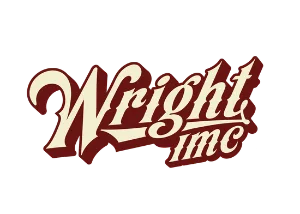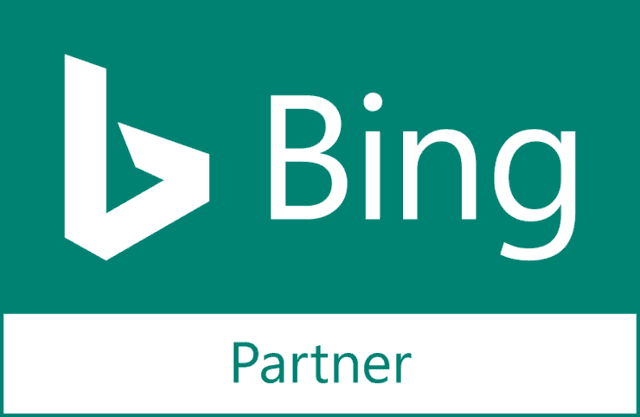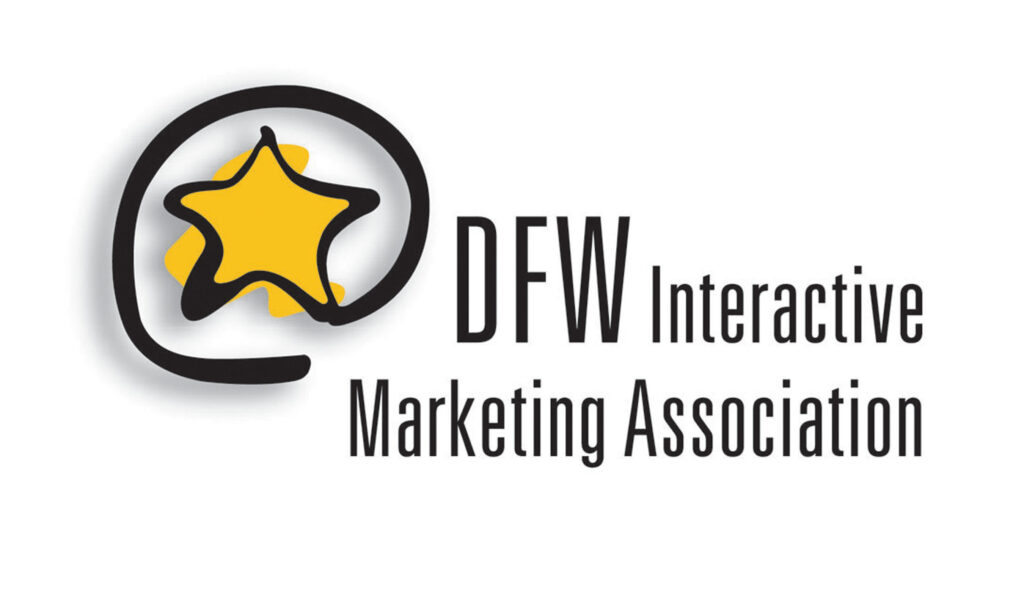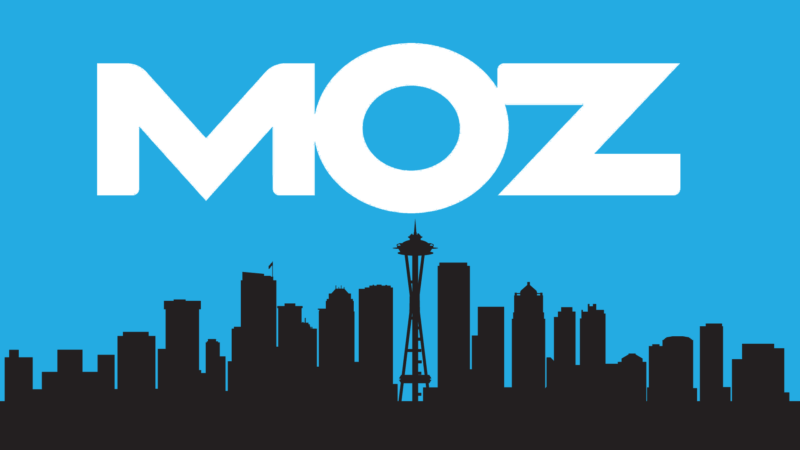
Why does this all matter? Video game sales were more than $13 billion in 2012. Last year’s top-selling game was Activision’s Call of Duty: Black Ops 2, which sold more than 6 million copies. The Call of Duty series has created a brand that can sell based on its name alone, but for other games, it can be difficult for them to establish themselves. So, let’s look at a game that had to redefine itself after suffering a serious shakeup.
The majority of video game players are online. They’re in forums, writing blogs, and sharing their thoughts on Twitter. In some shape, they are talking about their experiences while playing games. In fact, many consumers are doing this for all of their products, not just games. They’re talking about how well {insert product here} works, or how horrible it is. When it comes to the actual marketing of video games and the entertainment industry in general, in the past decade we’ve seen a shift from the passive “release a trailer and press release” to a more involved, social experience. Major releases are no longer just a “release” but have become events in their own right.
A prime example of this and the example this post will draw from is the campaign that Microsoft ran for Halo 4. Halo 4 was the first game in the series that wasn’t made by the original creators, Bungie Studios, so Microsoft needed a way to throw all of their support behind their new team. So, they released a movie. Well, it started as a 5 part weekly, live-action series called “Forward Unto Dawn,” which was used to set up the Halo 4 story. They then combined the parts and released it as a full-length movie.
The “Forward Unto Dawn” series got fans and even non-fans talking. I was one of those, “I don’t play Halo, but these videos have been pretty cool,” people. So, how well did this campaign fare? On release day in November, global sales for Halo 4 reached more than $200 million, and to date, it has sold more than 8 million units worldwide.
What exactly did Microsoft do right, and how can we, as marketers, apply this to our campaigns?
1. Know Your Audience
Microsoft wanted to reaffirm that their Halo franchise was still in good hands with the new studio, 343Industries. In order to do that, Microsoft used the years of data they had collected on their fan base from previous Halo games. In an interview with Direct Marketing News, group manager at Microsoft, Brian Coles, talked about how Microsoft used this data, “We’ve been able to precisely target customer segments with content and offers they care about, based on their usage history. We were able to create very relevant direct marketing communications that struck an emotional chord with our very loyal Halo customer base.”
So, when you’re in the office with your team, use all the data you have about your audience. Know what they like, dislike, what makes them feel good, what they abhor, etc.
2. Create Great Content
With your data in mind – this is the fun part – create great content. The definition of content marketing is described as “any marketing format that involves the creation and sharing of content in order to acquire customers.” Basically, don’t just pitch or sell a product. Your content should be focused on selling without selling. For instance, “Forward Unto Dawn” wasn’t telling people to go out and buy Halo 4. It was giving fans and people, on the outside looking in, a way to travel into the world of Halo without going out and purchasing a Halo game.
Great content doesn’t sell a product, it sells an idea. Don’t be afraid to be original and push boundaries, there’s only so much you can do with words alone. The idea that you’re (not) selling will not only gain you consumers but also loyal customers because they will connect with and believe in your idea.
3. Interact
You know your audience. They’ve got your content. Now all you have to do is talk with them. Nothing makes a consumer feel better than when a company they know and trust listens to them and responds. A way Microsoft interacted with its Halo fan base was by having an invite-only event for the biggest Halo fans around the world. They brought them to the small European country of Liechtenstein, which was transformed to be a replica of a planet from the Halo universe. Microsoft rewarded their most loyal fans with this once-in-a-lifetime opportunity, and it gave the fans a chance to see and meet the people who brought them their fabled Master Chief.
Social networks have the ability to give users an instantaneous connection to people and brands. This can give brands numerous ways to keep the conversation going about their products and services, whether it’s through Twitter updates and trending topics or Facebook posts, or even Q and A sessions via YouTube or with Google Hangouts. All of these avenues give opportunities to directly connect with your audience and find out what exactly they want and need.





